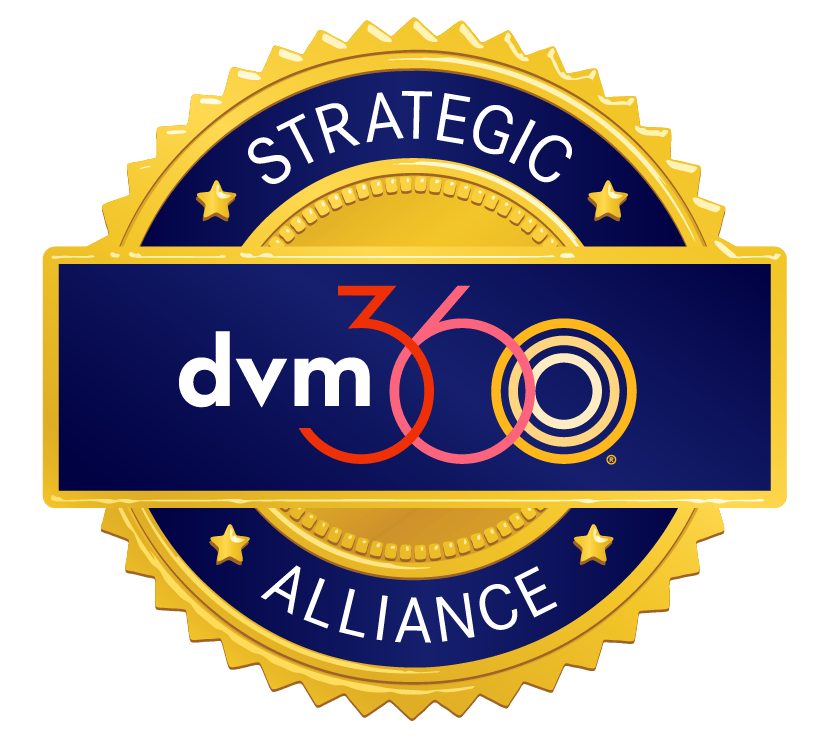If my dog has behavior problems, will they be welcomed by a groomer? - Brook-Falls Veterinary Hospital
Absolutely. Most dogs' behavior issues stem from fear. My biggest concern is to make sure they are as fear-free as they can be. I take many steps to try and eliminate fear to the best of my ability. I'll go as far as talking to the veterinarians here to see what they recommend and potentially make use of their skills as well. There's a lot we can do to make sure your dog feels comfortable.
Does my dog need to be vaccinated and on flea control to go to the groomer? - Brook-Falls Veterinary Hospital
Yes, they do. The best course of action is to give Brooks-falls a call and see the exact list of requirements to come for grooming, but vaccinations are required.
Is it better to groom your dog at home or have it done by a professional groomer? - Brook-Falls Veterinary Hospital
Ten times out of 10, I'm going to say a professional. The quality and safety you'll get can only be achieved when you go to a professional groomer. When you bring them in, it's also a great opportunity for someone to look your dog over and make sure they're as healthy as they can be. You're going to get the best possible results.
If my cat needs extractions, will pain medication be given? - Blue Oasis Pet Hospital
With extractions, we actually remove a tooth. From our own dental health experiences, we all know that our teeth can hurt when they're damaged or extracted. So we want to make sure that your pet's pain is very well managed. Little Fritz here will have a dental procedure with us this afternoon. He's already had some narcotic medication, so he's feeling very good. If we do extractions, we'll do local nerve blocks on him, which is almost like Novocaine for you and I, so that when he wakes up, he'll be nice and numb. We're also going to use some anti-inflammatories, which we'll send home with Fritz if he needs any extractions. Pain management is very important here at Blue Oasis, and we take it very seriously.
How long does a cat dental appointment take? - Blue Oasis Pet Hospital
A cat dental appointment can take anywhere from one hour to up to three hours. It depends on what we find. We sometimes have no idea what we're going to get into when we go into the mouth for cleaning. That's why we want to do a full assessment and do x-rays, and when we uncover problems, we want to have time to deal with those problems. So a dental cleaning just takes as long as it takes.
Will my cat be intubated to have cat dental work done? - Blue Oasis Pet Hospital
Intubation is where we put a little tube down a pet's throat, specifically their airway so that we can protect their lungs. We want to deliver anesthesia straight into their lungs and ensure that all the fluids we use for cleaning are not going into their lungs. So intubation is necessary for this.
Will my cat be getting radiographs taken? - Blue Oasis Pet Hospital
Yes, radiographs are incredibly important. We want to see what's under the gum line, and I cannot see under there without an x-ray. Full mouth dental x-rays are part of every cat's dental cleaning appointment.


